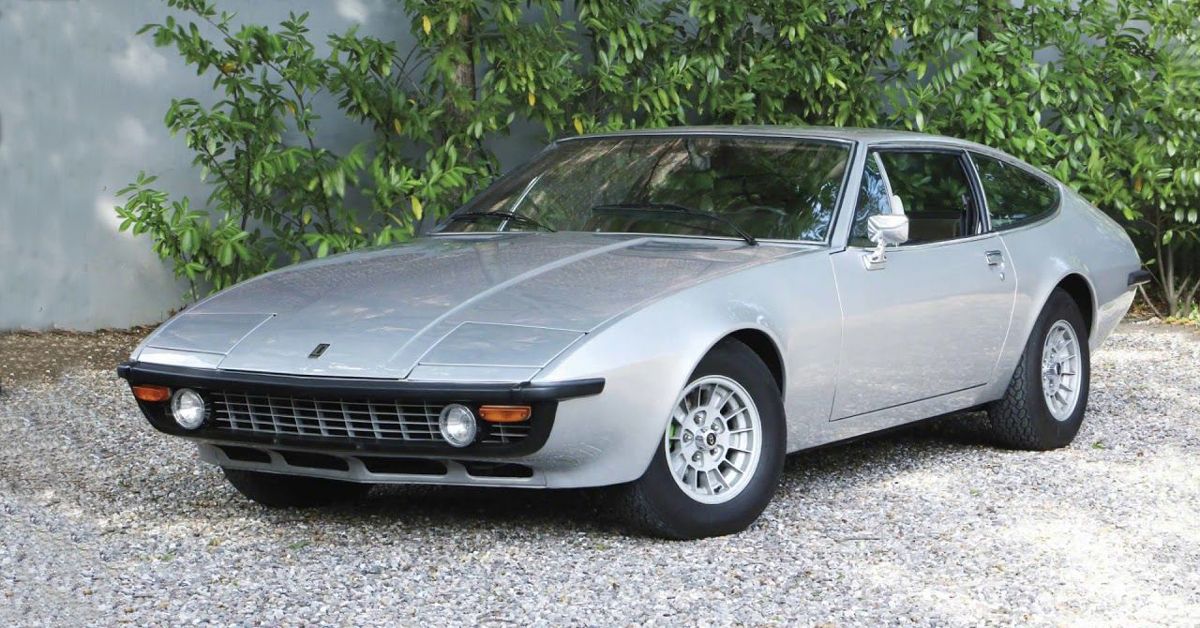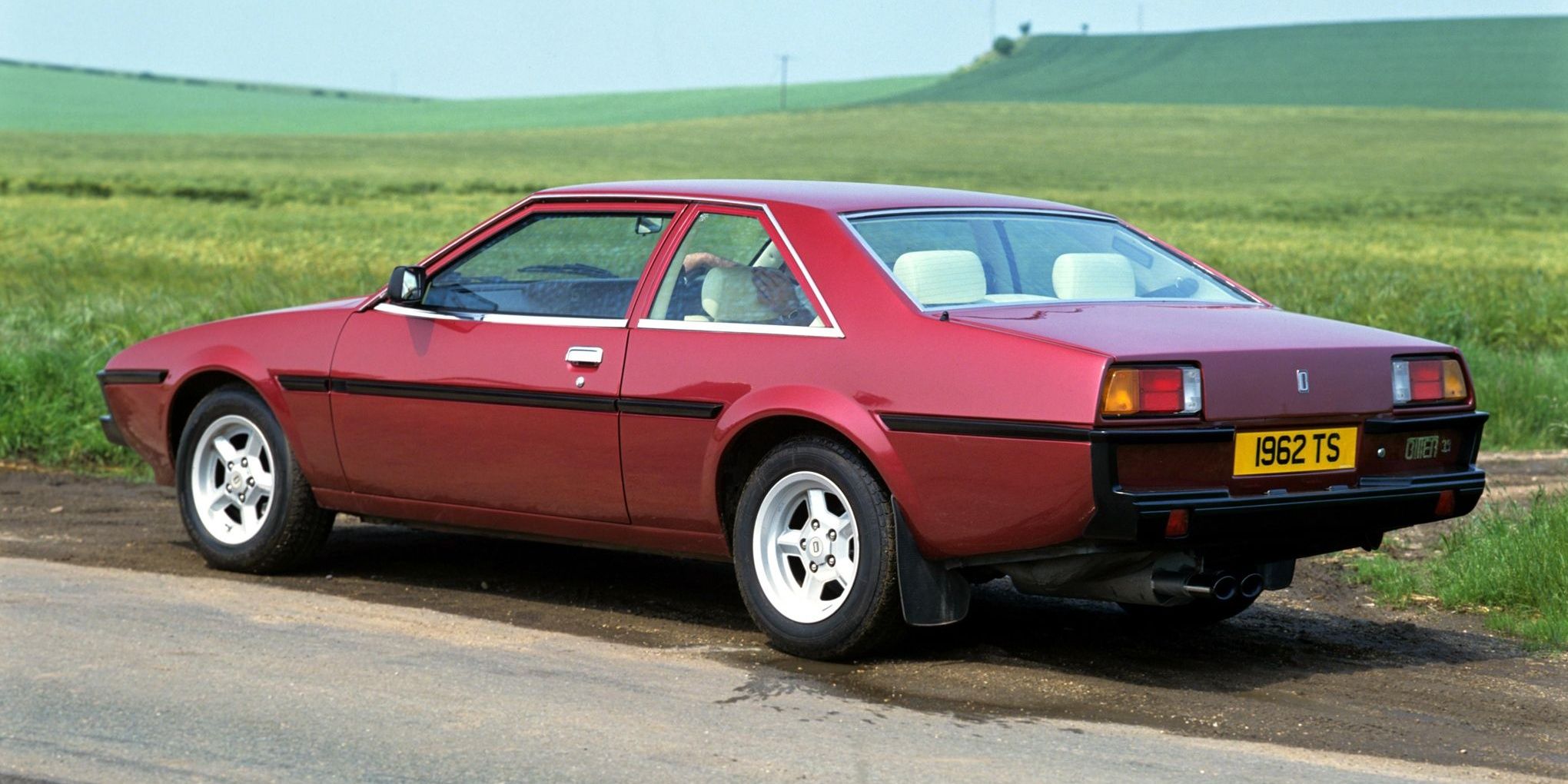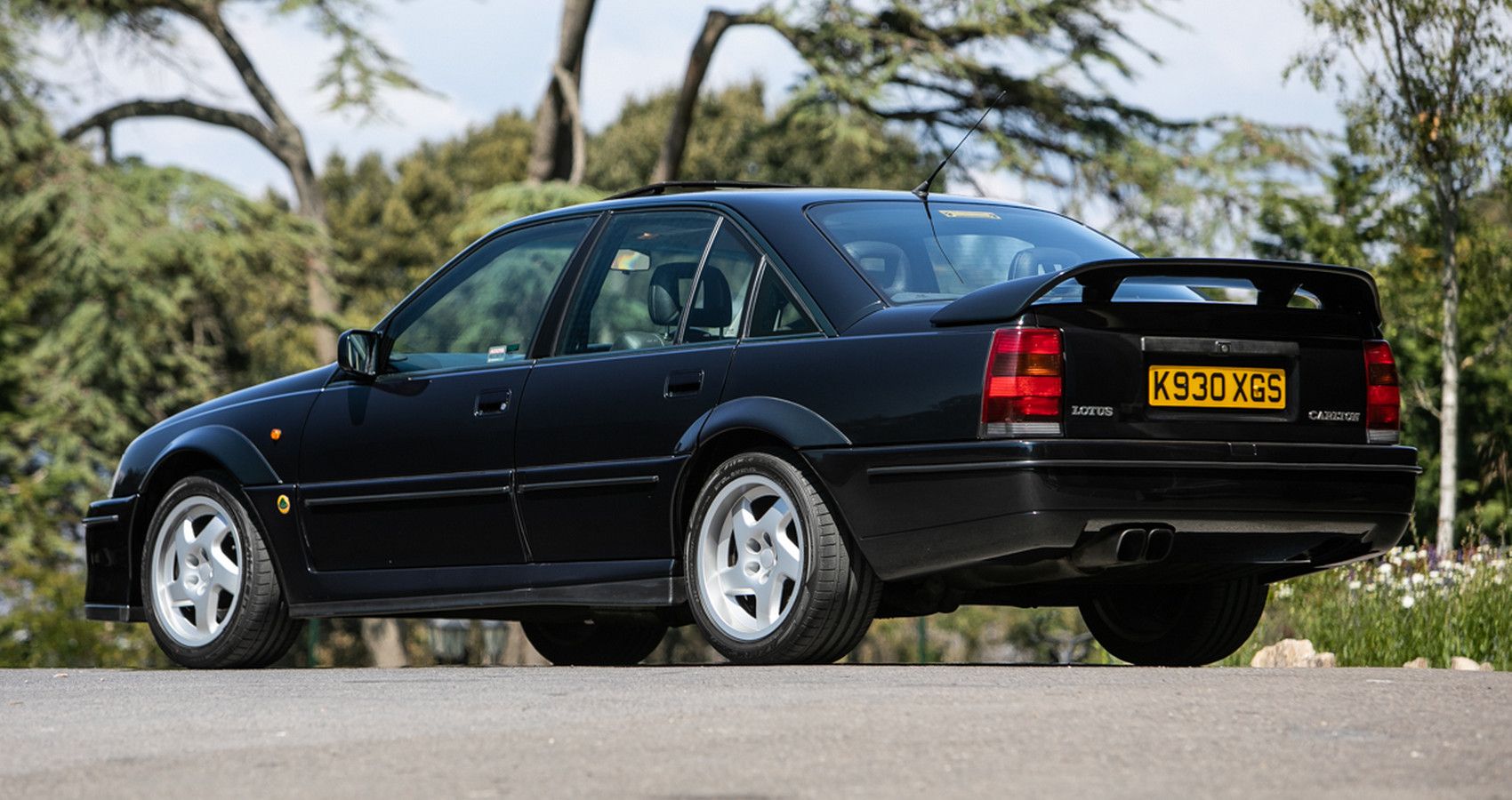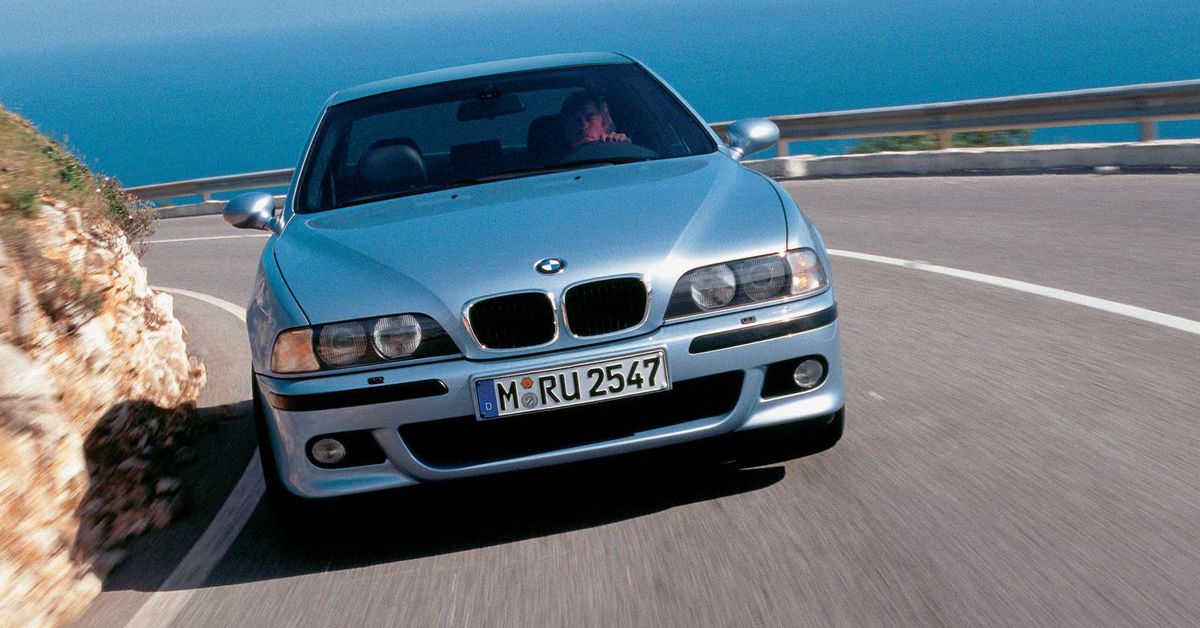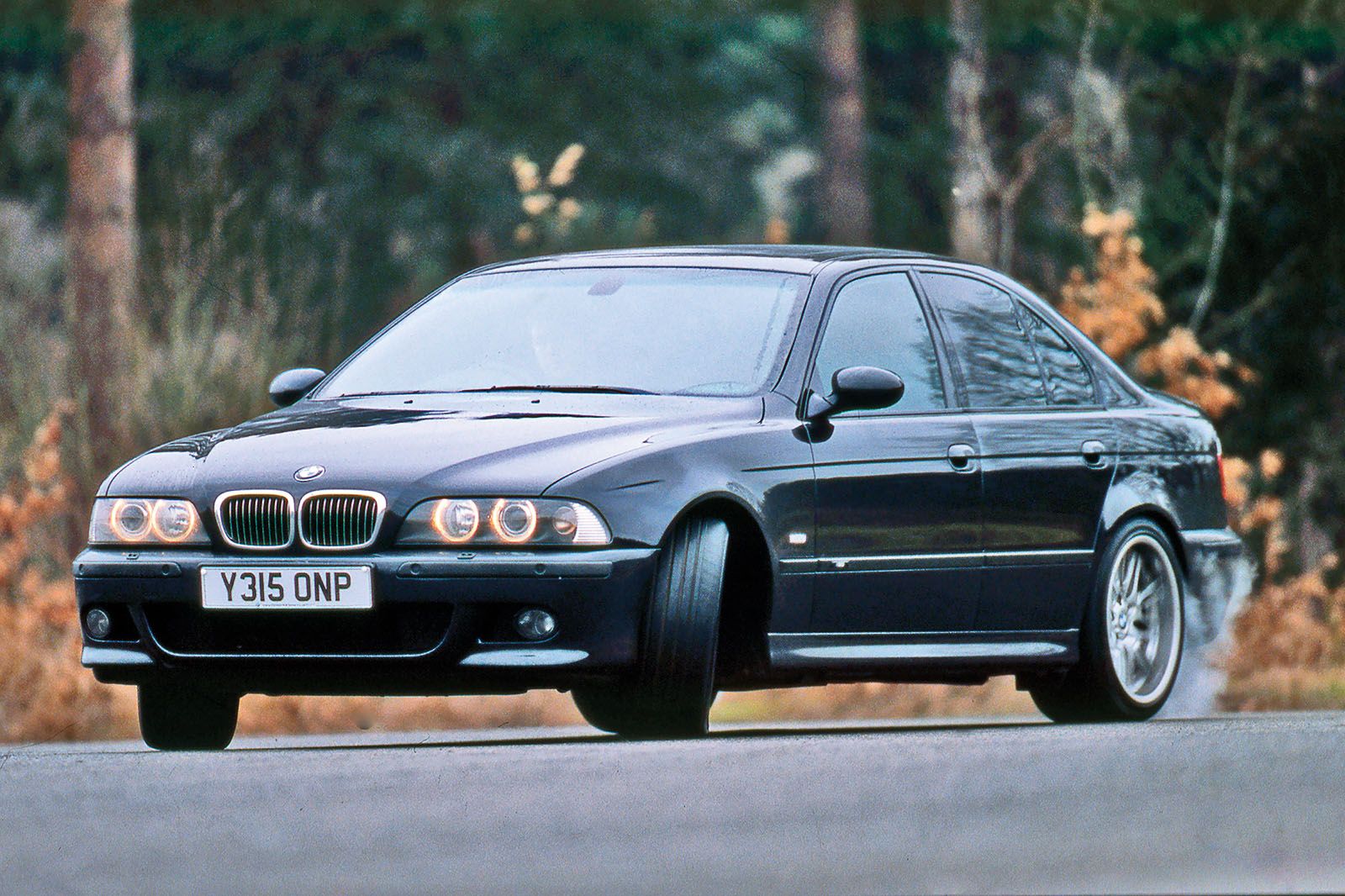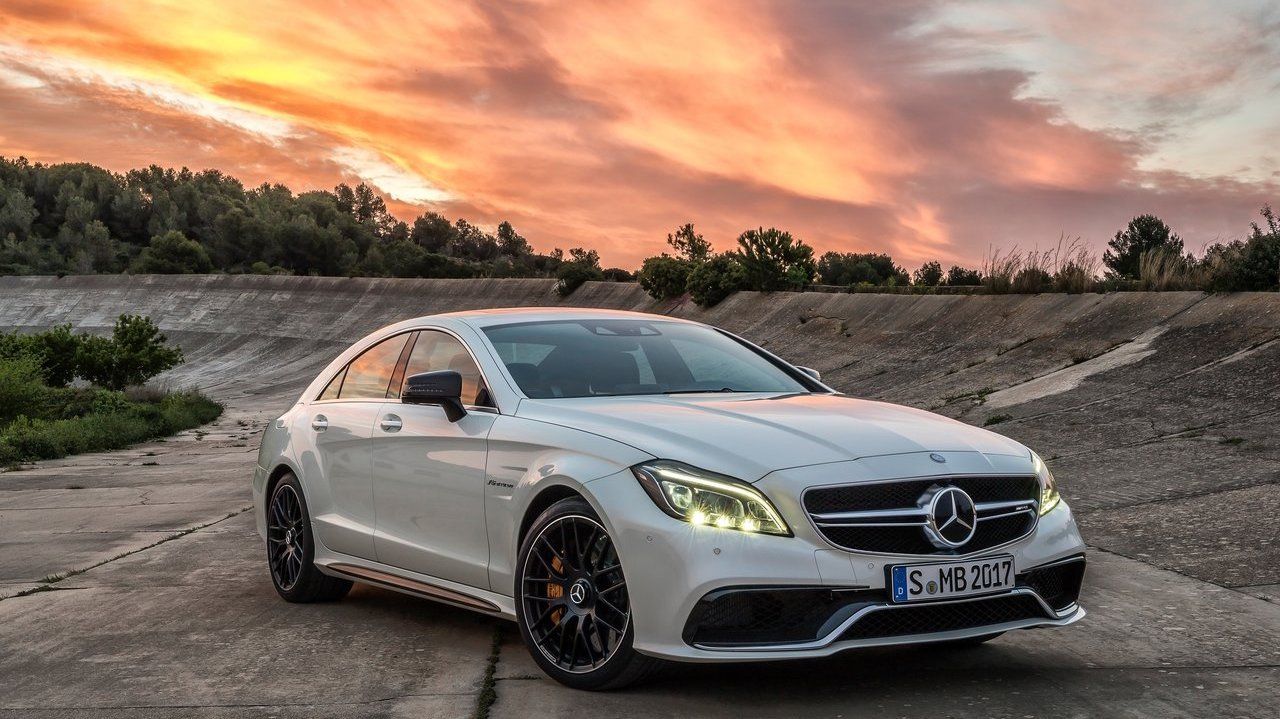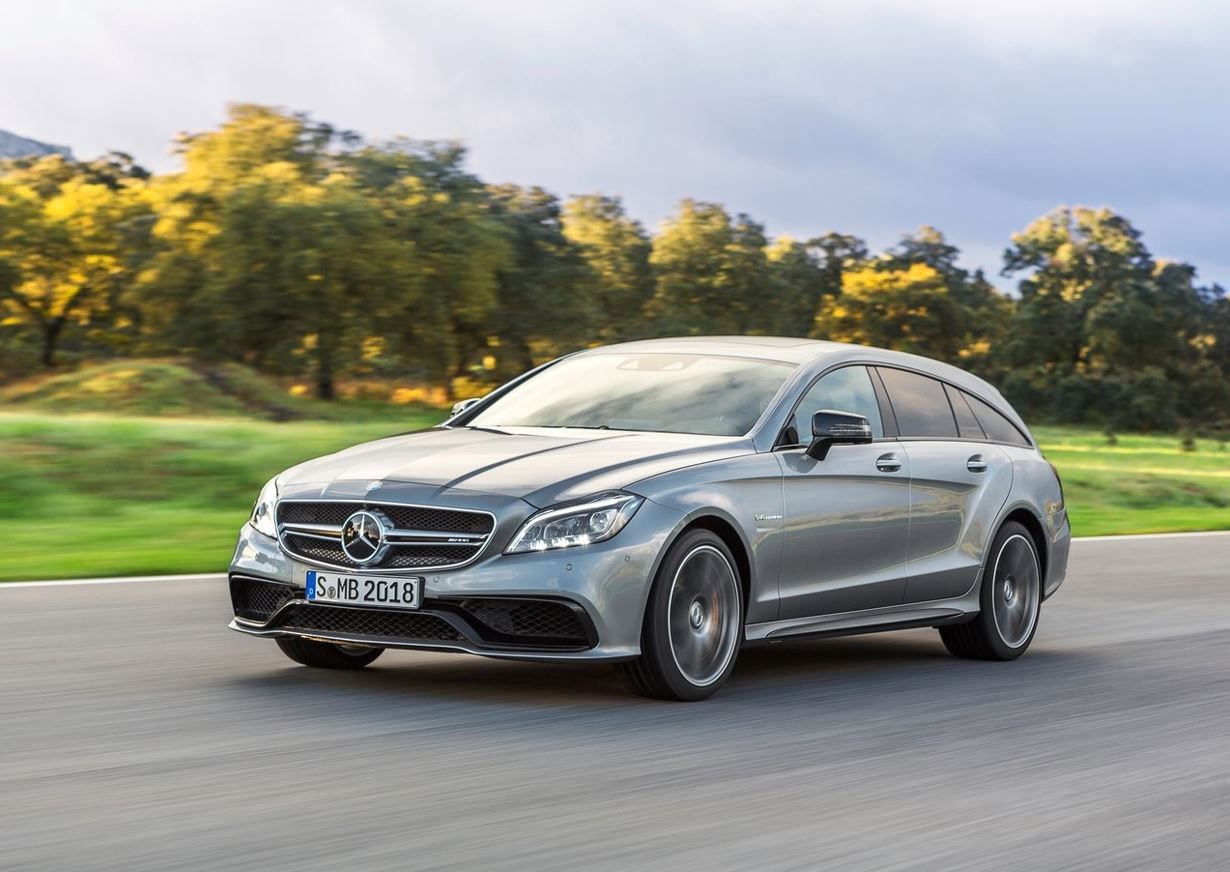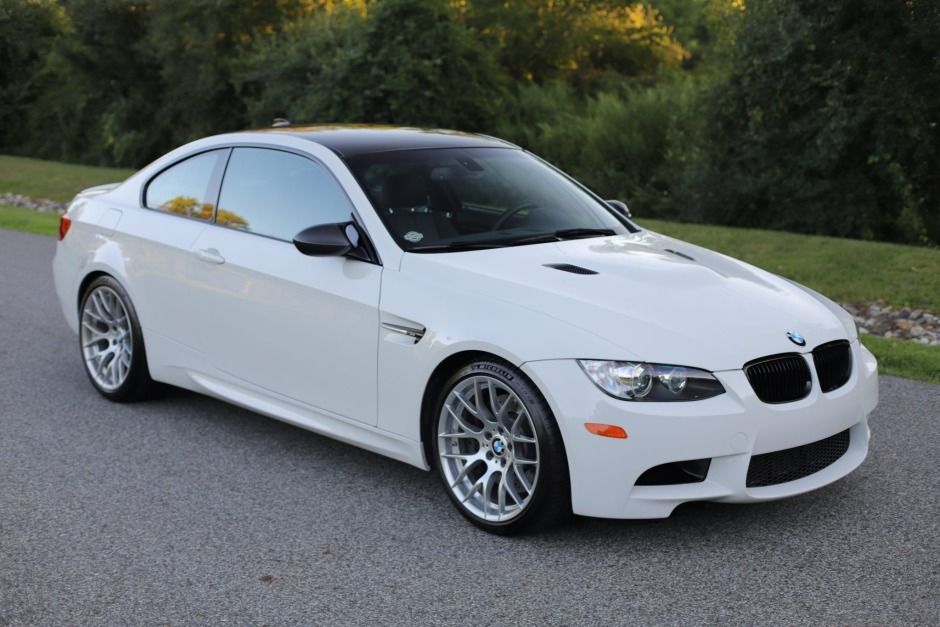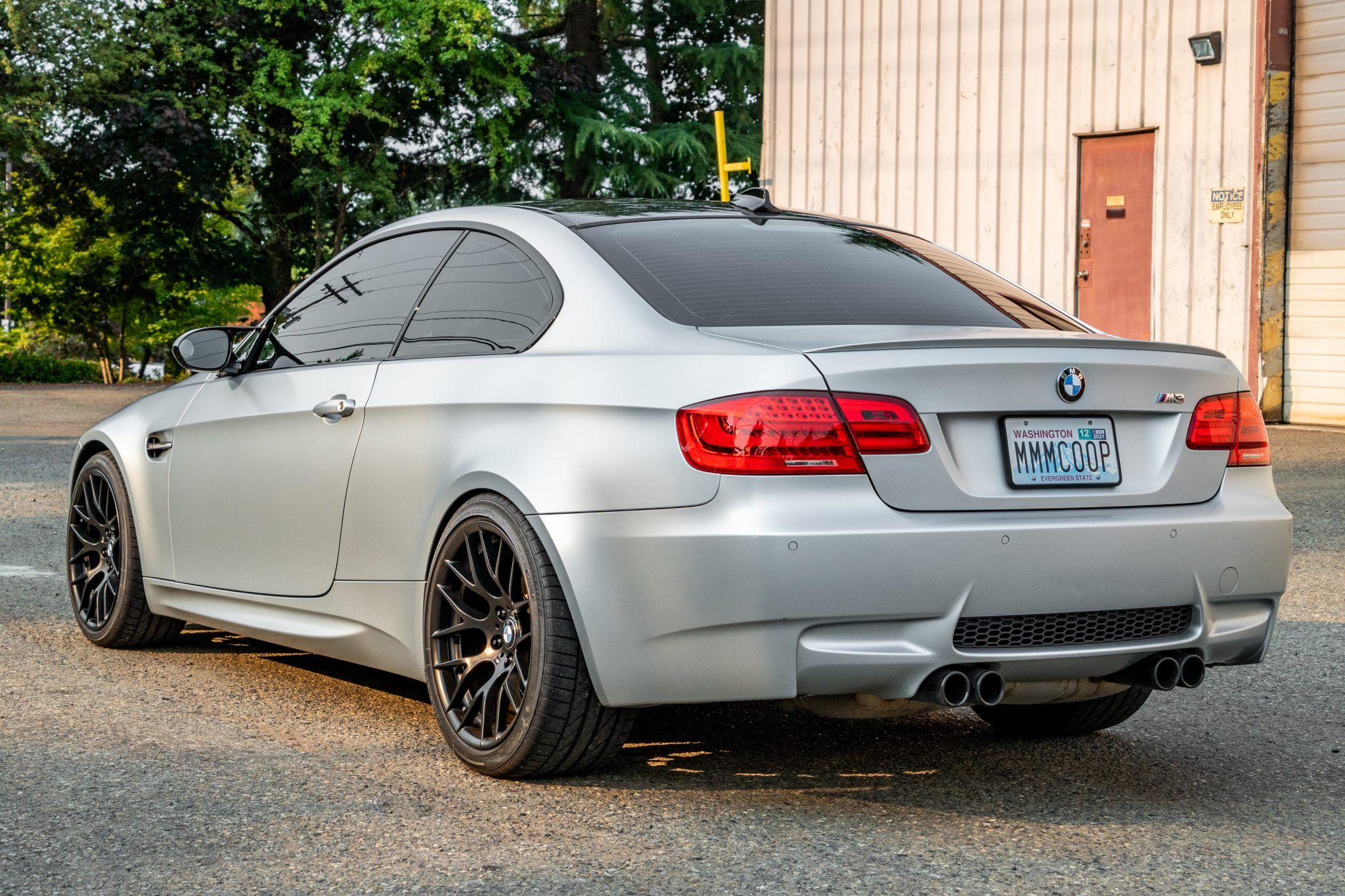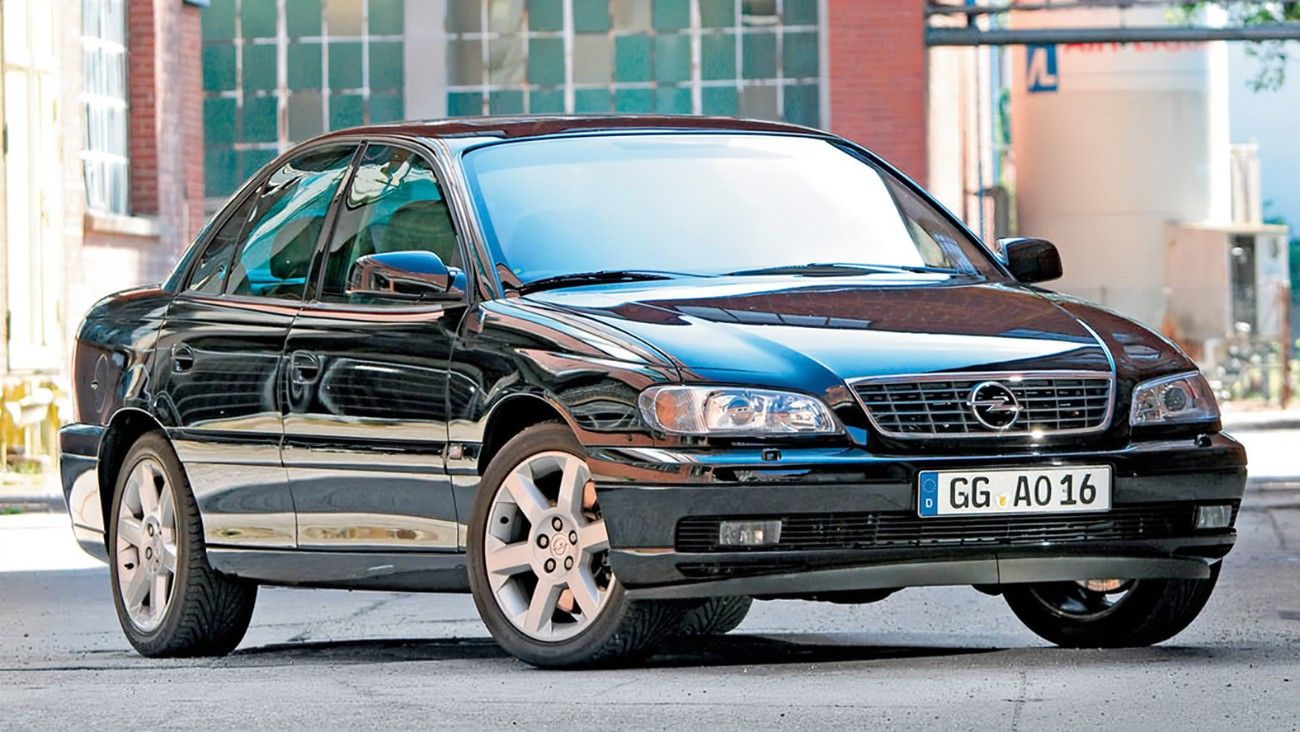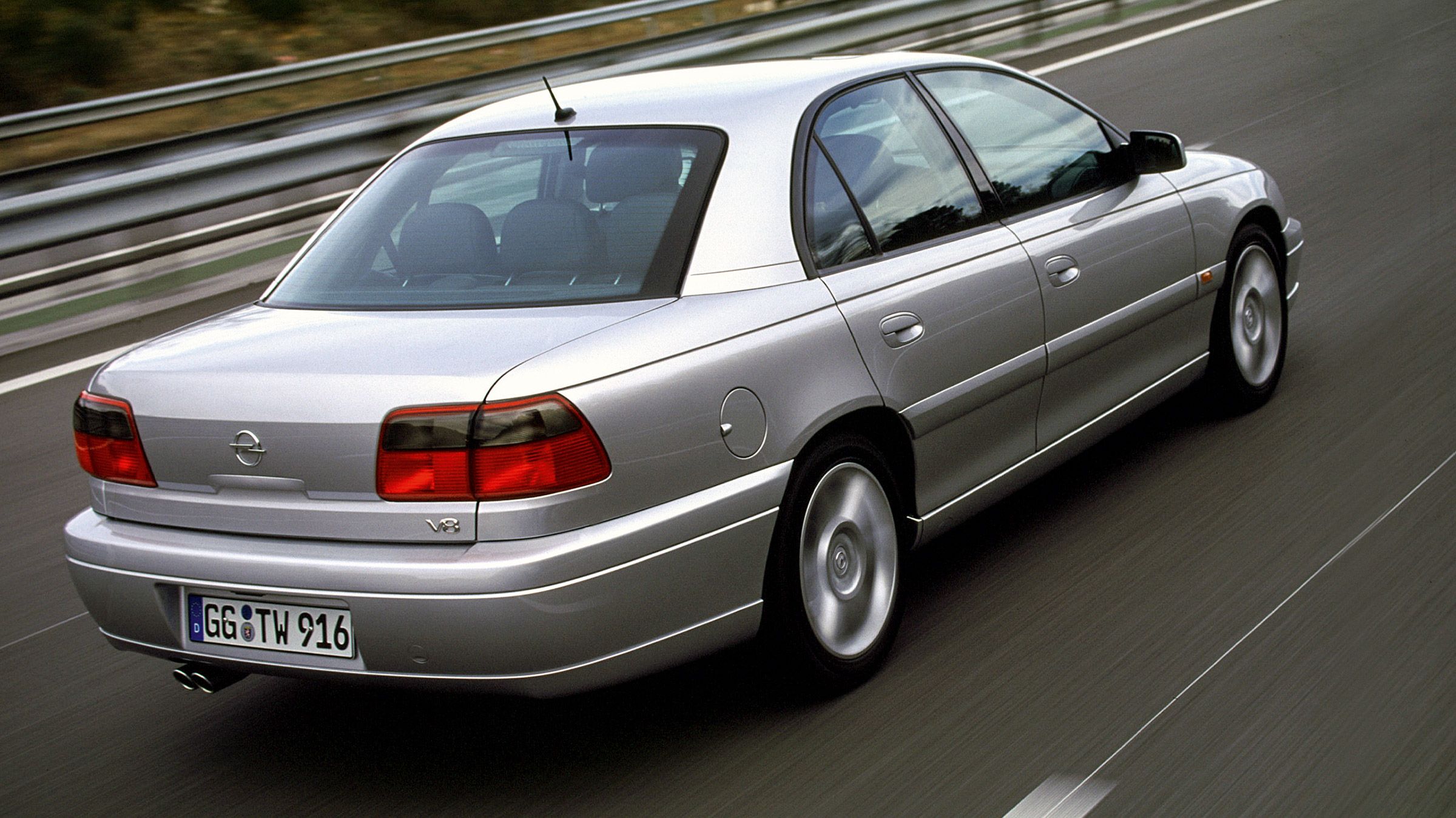The muscle car is mainly an American class of car, however other nations have had their hand at producing one. The Australians have had great success, creating a muscle car culture of their own with their Ford of Australia and Holden brands.
Another nation that tried making muscle cars is Germany. Whether they admit it or not, their cars are brilliant. The biggest difference between American and German muscle cars is that the German ones were able to go around corners way before the American ones could. Mercedes-Benz and BMW are the biggest producers of German muscles with their AMGs and M-V8s, although there are some other, smaller companies who also built great cars. Opel – being a part of GM for many years – had the Opel-Lotus Carlton and the short-lived Omega V8.
So, while German automakers aren’t specifically known for their muscle cars, they do have some which would give the proper American version a run for their money. Here are 8 times when Germany made some serious muscle cars.
8 Mercedes-Benz C63 AMG W204
The Mercedes-Benz W204 C63 AMG stunned the world when it was launched. It was fitted with a 6.2-liter naturally aspirated V8 – the first in-house engine designed by AMG. The stock configuration of the engine produced 450 hp and 440 lb-ft of torque but was later upped to 480 hp. The Black Series and Edition 507 both had power outputs above 500 hp, while still retaining the engine’s natural aspiration.
The C63 was a proper muscle car in every sense of the word, being able to spin its rear wheels almost at any point around corners. Unlike powerful Mercedes-Benz models before it, the C63 AMG had the option to turn the traction control and ESP off completely, with the latter only interfering under heavy braking.
7 BMW M6 F12
The F12 BMW M6 may not be the best car BMW has ever made, but it certainly was one of the coolest. The F12 M6 was essentially an F10 M5, but with two doors instead of four – except for the fact that BMW made an M6 Gran Coupe, which had four doors as well.
The M6 was fitted with the same 4.4-liter twin-turbo V8 up front as the M5, producing 550 hp and 502 lb-ft going to the rear wheels only. As with any V8 BMW M-car, the M6 can turn into a proper hooligan when the traction control is turned off. BMW continued this trend – sort of – with the new BMW M8, which is fitted with all-wheel-drive but has a 2-wheel-drive mode that can light up the rear tires.
6 Bitter SC
Bitter is a small German automaker that was established in 1971. The company started out using Opel vehicles as bases but then moved on to other GM products – most notably the Holden Commodore, Opel Insignia, and Vauxhall Monaro. Their current cars include the Adam, Cascada, and Mokka – all based on current Opel models.
One of the coolest models in their history was the 1979 Bitter SC, based on the Opel Senator platform. The SC’s styling is extremely reminiscent of the Ferrari 365 GT4 2+2, almost sharing the silhouette. The SC was powered by a 207 hp 3.9-liter inline-6 – a stroked version of Opel’s 3.0-liter – and remained in production until 1989.
5 Opel Lotus Carlton
The Opel-Lotus Carlton is one of the greatest super sedans ever created. Built during the first time the BMW 5-Series dominated the sedan segment, the Carlton was a completely left-field idea. Lotus took the standard Opel Omega with its 3.0-liter straight-6 and modified almost every part of it.
The engine was enlarged to 3.6 liters and gained two turbochargers, boosting power to 377 hp and 419 lb.ft of torque. The only sedan faster than the Carlton was the rare Alpina B10 Bi-Turbo. Thanks to its impressive performance, the Carlton became a popular target for joyriders and hooligans as no Police vehicles of the time could keep up with the car.
4 BMW M5 E39
The BMW M5 E39 is considered by many to be the best of all the M5 generations. The E39 M5 was introduced in 1998 and everyone was ecstatic as it finally gained a massive V8 engine. The engine in question was the 4.9-liter S62, which produced 400 hp and 370 lb-ft, powering the rear wheels only via a 6-speed manual.
The E39 M5 had one of the greatest chassis in the motor industry, with many companies still trying to copy the formula. The E39 M5 was a proper German muscle car that could easily do burnouts and create a cloud of smoke around every corner in true muscle car fashion.
3 Mercedes-Benz CLS63 S AMG
The Mercedes-Benz CLS63 S AMG continued the absolute hooliganism that other AMG models had, but delivered it in an elegant and comfortable manner. The CLS was the niche 4-door coupe model of the E-Class, before the current AMG GT 4-Door came along and became the dominant coupe/sedan in the line-up.
The CLS63 S AMG was powered by the glorious 5.5-liter twin-turbo M157 V8, which produced 577 hp and 590 lb-ft of torque, going to all four wheels via a 7-speed dual-clutch automatic. The best thing about the CLS63 S? It was available in Shooting Brake form, which meant it was a German muscle wagon – the best combination.
2 BMW M3 E92
After the success of the E39 M5, BMW added a V8 engine to the M3 as well. This time, it was a 4.0-liter unit that revved to an astonishing 8,500 rpm. The E9X M3 was the only M3 generation to get a V8 from the factory as the proposed E46 M3 CSL V8 never made it to series production.
The E9X M3 produced 415 hp and 295 lb-ft of torque, going to the rear wheels only via either a 6-speed manual or a 7-speed dual-clutch automatic. The M3 was still a sports car at heart, but it had inklings of muscle in it, thanks to its ability to go sideways and the sound coming from the intake and exhaust. The E9X M3 was named the “most complete car in the world” by many, thanks to its surprising practicality and sheer awesomeness.
1 Opel Omega V8
The Opel Omega V8 was a proposed high-spec version of the Omega flagship of the late 1990s and early 2000s. It would have used the 5.7-liter LS1 V8 from the Chevrolet Corvette, with the only transmission option being the 4-speed automatic from GM.
The Opel Omega V8 was a vehicle that was planned to go into serial production in the early 2000s, but unfortunately never made full production due to concerns with the cooling of the engine. The transmission’s flexplate also repeatedly broke at 155 mph when going at full throttle and was an issue that took too long to rectify. In the meantime, Holden fitted the same engine in their Monaro, which went into serial production. It is a shame, as having a V8-powered Opel Omega would have been an awesome ‘budget’ German muscle car.

.jpg)
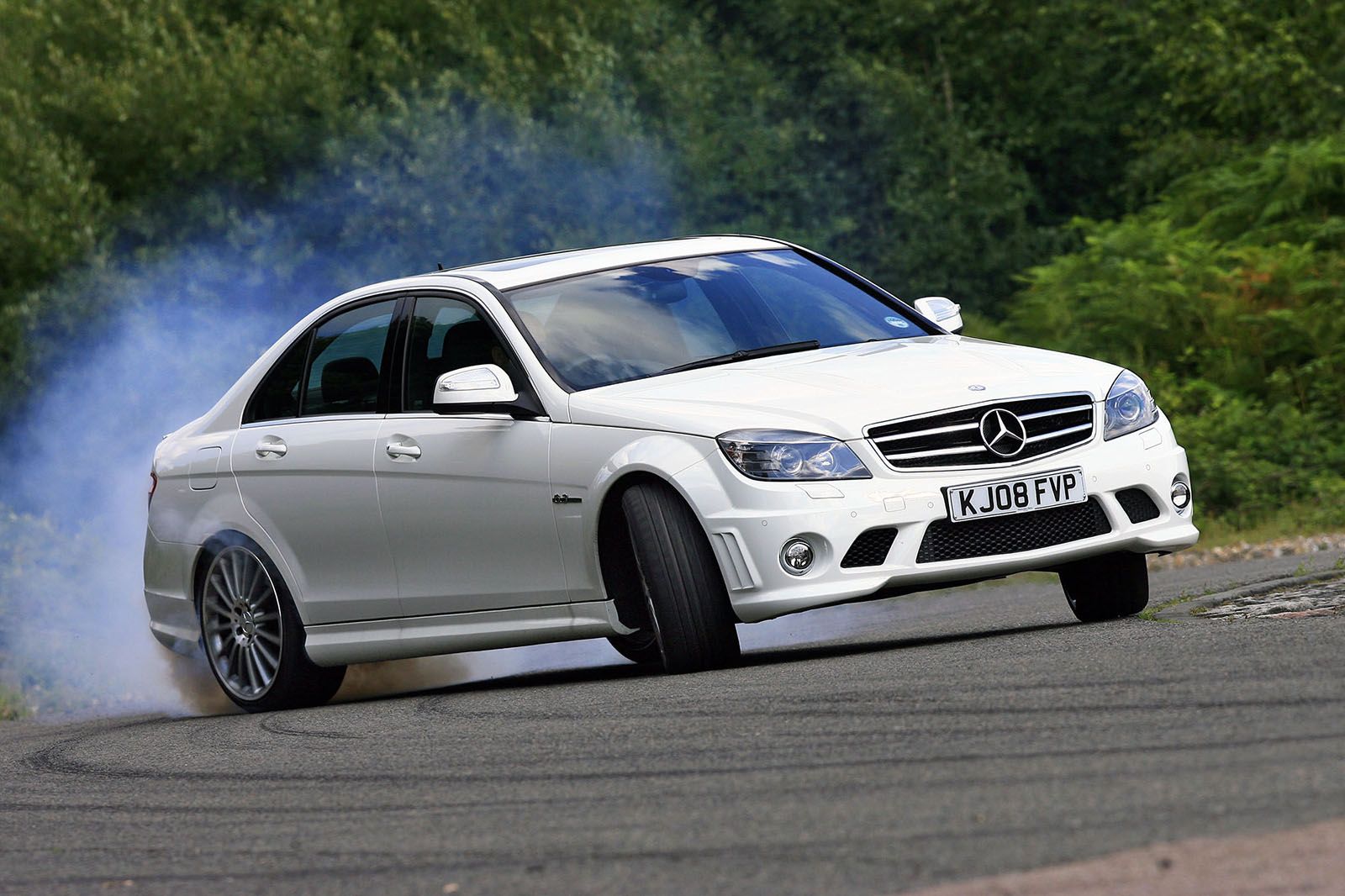
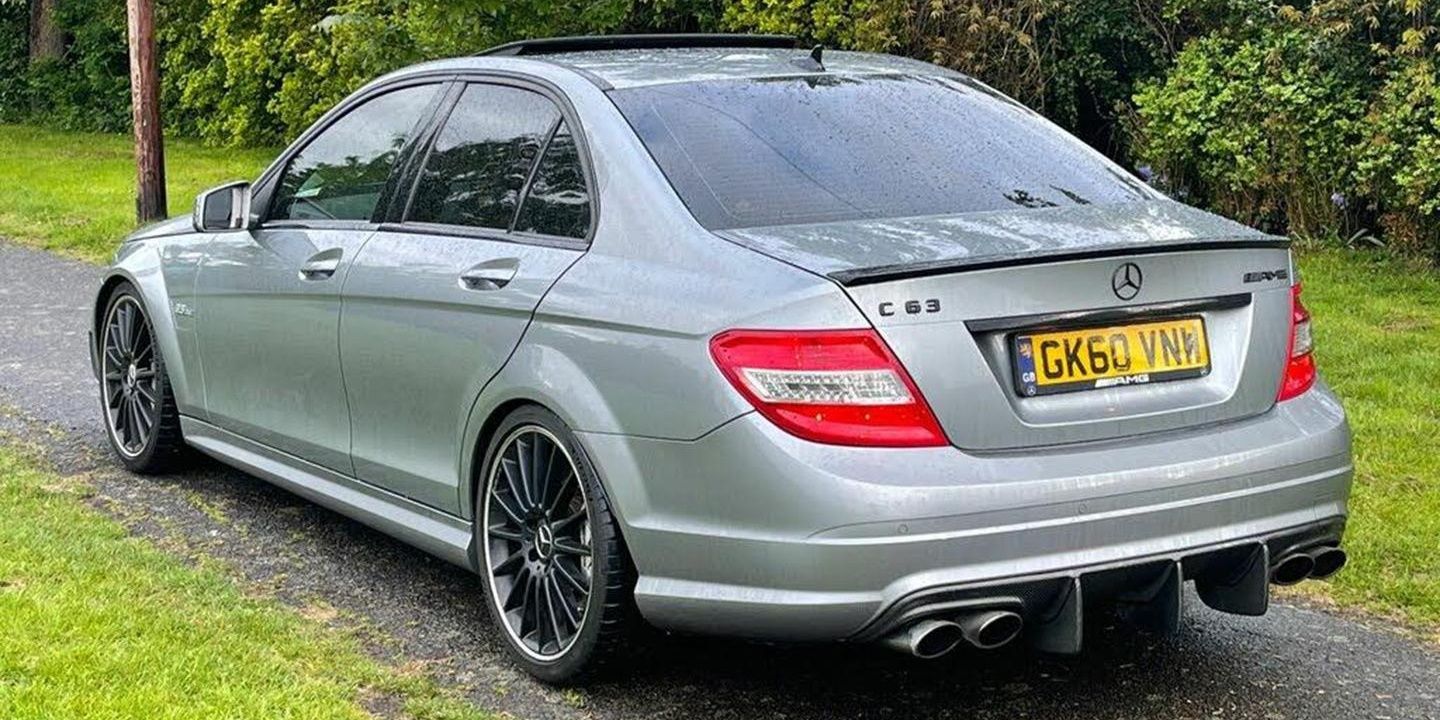
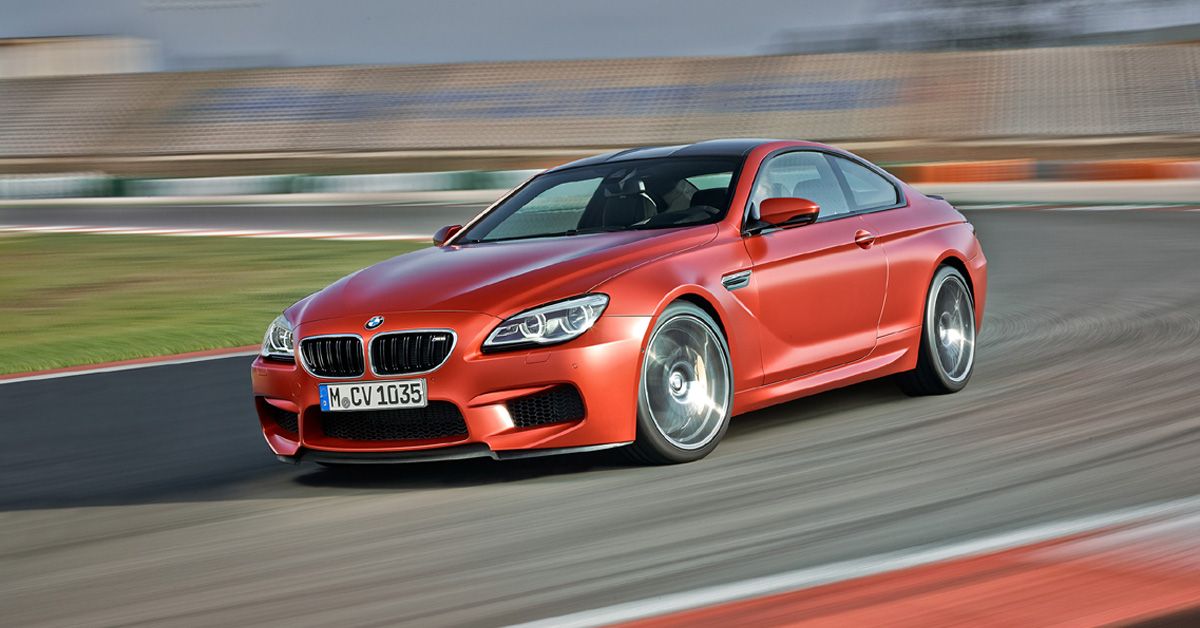
.jpg)
